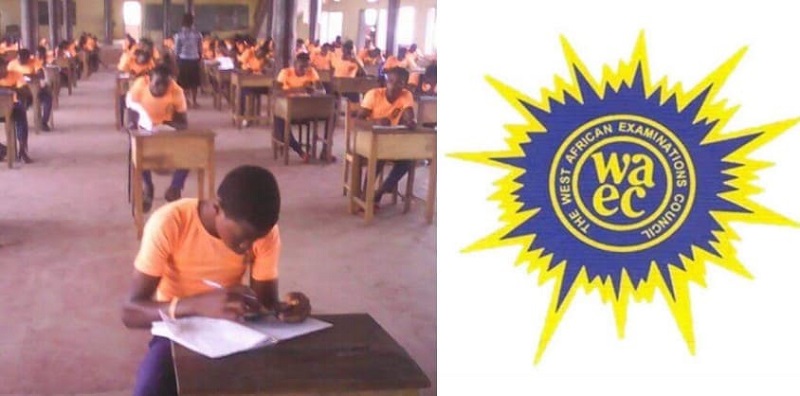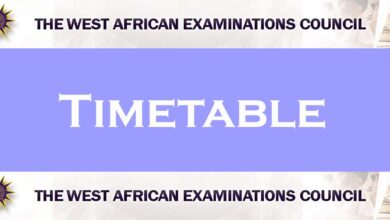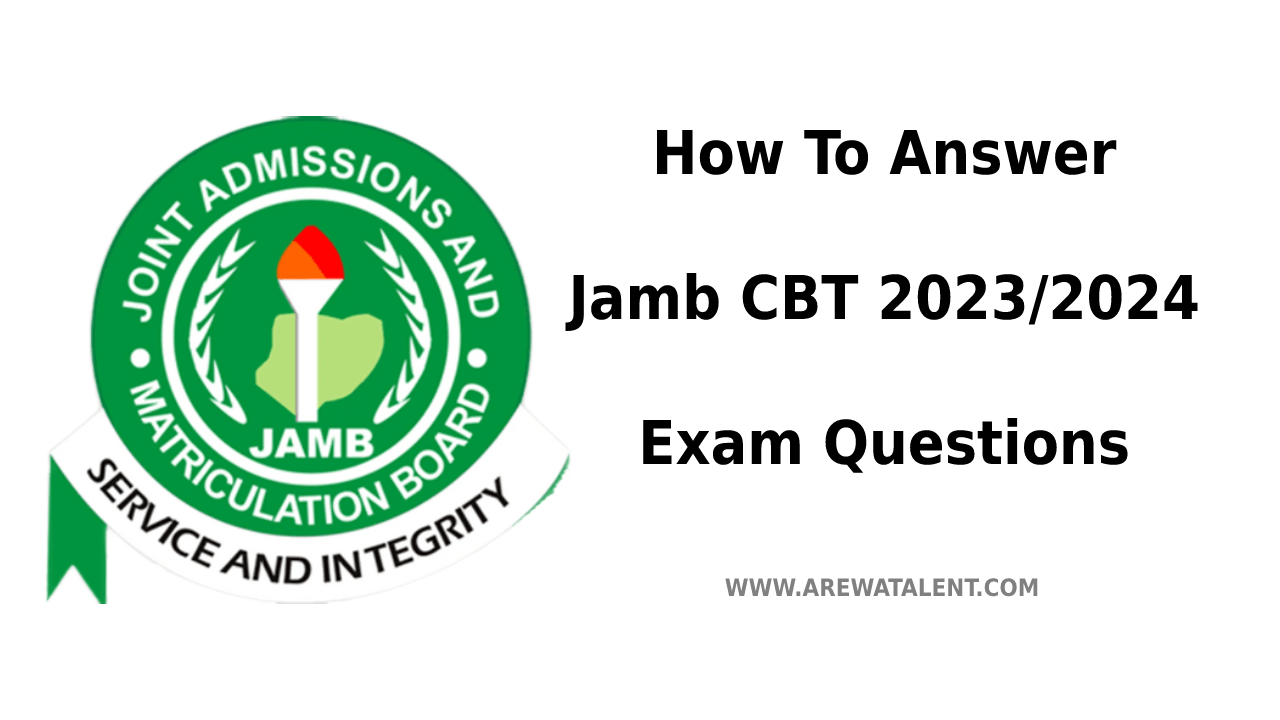WAEC Chemistry Practical Questions & Answers 2023 (Full Guide)

The West African Examination Council (WAEC) Chemistry Practical Examination is a mandatory subject for science students who aspire to further their education in various fields. This comprehensive guide will provide you with all the necessary information regarding the waec chemistry practical answer 2023 and essential tips for success in the examination. We will also address some common chemistry practical questions and answer for waec 2023.
Note: All Information here are not 100% accurate. This is to help you get familiar to WAEC questions while you practices.
Overview of WAEC Chemistry Practical Examination
The WAEC Chemistry Practical Examination is designed to assess students’ competency in performing various experiments and interpreting the results. The practical examination is divided into two sections:
- Qualitative Analysis
- Quantitative Analysis
Each section carries equal marks, and students are required to complete both sections within a specified time frame. This article will aid you in understanding the necessary procedures and techniques required to score high in the WAEC Chemistry Practical Examination.
Qualitative Analysis
Introduction to Qualitative Analysis
In the qualitative analysis, students are given a set of unknown substances and are required to identify the substances using various tests and observations. The primary purpose of this section is to assess the students’ ability to carry out the necessary tests, make accurate observations, and draw logical conclusions based on their observations.
Common Tests in Qualitative Analysis
Some common tests carried out in qualitative analysis are:
- Flame Test
- Test for Anions
- Test for Cations
- Test for Gases
Flame Test
The flame test is a simple method used to identify the presence of metal ions in a sample. In this test, a sample is subjected to a flame, and the color of the flame is observed. Different metal ions produce different flame colors, which can be used to identify the metal present in the sample.
Test for Anions
Anions are negatively charged ions present in a compound. Some common anions and their tests are:
- Carbonate (CO₃²⁻): Add dilute acid to the sample. Effervescence and release of carbon dioxide gas indicate the presence of carbonate ions.
- Sulphate (SO₄²⁻): Add barium chloride solution to the sample. A white precipitate indicates the presence of sulphate ions.
- Nitrate (NO₃⁻): Add freshly prepared ferrous sulphate solution and concentrated sulphuric acid to the sample. A brown ring at the interface of the two solutions indicates the presence of nitrate ions.
Test for Cations
Cations are positively charged ions present in a compound. Some common cations and their tests are:
- Calcium (Ca²⁺): Add ammonium oxalate solution to the sample. A white precipitate indicates the presence of calcium ions.
- Iron (Fe²⁺/Fe³⁺): Add potassium thiocyanate solution to the sample. A blood-red color indicates the presence of iron(III) ions, while a greenish-blue color indicates the presence of iron(II) ions.
- Copper (Cu²⁺): Add ammonia solution to the sample. A deep blue precipitate indicates the presence of copper ions.
Test for Gases
Some common gases and their tests are:
- Hydrogen (H₂): Bring a burning splint close to the mouth of the test tube containing the gas. A ‘pop’ sound indicates the presence of hydrogen gas.
- Oxygen (O₂): Relight a glowing splint in the presence of the gas. The splint relights if oxygen gas is present.
- Carbon Dioxide (CO₂): Pass the gas through lime water. A milky white precipitate indicates the presence of carbon dioxide gas.
Quantitative Analysis
Introduction to Quantitative Analysis
In quantitative analysis, students are required to carry out experiments to determine the concentration or mass of a particular substance in a given sample. This section involves various titration techniques and calculations based on the experimental results.
Common Techniques in Quantitative Analysis
Some common techniques used in quantitative analysis are:
- Acid-Base Titration
- Redox Titration
- Precipitation Titration
Acid-Base Titration
Acid-Base Titration is a technique used to determine the concentration of an acid or a base in a solution. In this method, a solution of known concentration (the titrant) is added to a solution of unknown concentration (the analyte) until the reaction between the two solutions is complete. The endpoint of the titration is determined using an indicator, which changes color at a specific pH.
Redox Titration
Redox Titration is a technique used to determine the concentration of a reducing or oxidizing agent in a solution. In this method, a solution of known concentration (the titrant) is added to a solution of unknown concentration (the analyte) until the redox reaction between the two solutions is complete. The endpoint of the titration is determined using an indicator or a potentiometer.
Precipitation Titration
Precipitation Titration is a technique used to determine the concentration of an ion in a solution. In this method, a solution of known concentration (the titrant) is added to a solution of unknown concentration (the analyte) until a precipitate is formed. The endpoint of the titration is determined using an indicator or a turbidimeter.
Sample WAEC Chemistry Practical Questions and Answers
In this section, we will provide you with some sample chemistry practical questions and answer for waec 2023. These questions are meant to give you an idea of what to expect in the upcoming WAEC Chemistry Practical Examination.
Sample Question 1: Acid-Base Titration
Question
A student was given 25.0 cm³ of sodium hydroxide solution of unknown concentration. She was asked to determine the concentration of the sodium hydroxide solution using a standard solution of 0.100 mol/dm³ hydrochloric acid. She carried out three titrations, and her results were as follows:
- First Titration: 23.60 cm³ of hydrochloric acid
- Second Titration: 23.50 cm³ of hydrochloric acid
- Third Titration: 23.30 cm³ of hydrochloric acid
Calculate the concentration of the sodium hydroxide solution.
Answer
Average volume of hydrochloric acid used = (23.60 + 23.50 + 23.30)/3 = 23.47 cm³
Using the formula for calculating concentration:
C₁V₁ = C₂V₂
Where C₁ and V₁ are the concentration and volume of the known solution (hydrochloric acid), and C₂ and V₂ are the concentration and volume of the unknown solution (sodium hydroxide).
0.100 mol/dm³ × 23.47 cm³ = C₂ × 25.0 cm³
C₂ = (0.100 mol/dm³ × 23.47 cm³) / 25.0 cm³ = 0.09388 mol/dm³
The concentration of the sodium hydroxide solution is approximately 0.0939 mol/dm³.
Sample Question 2: Qualitative Analysis
Question
A student was given a sample of an unknown salt. She was asked to carry out tests to identify the cation and anion present in the salt. Describe the tests she should perform and the expected observations.
Answer
To identify the cation, the student should:
- Add a few drops of sodium hydroxide solution to a small amount of the salt dissolved in water. Observe any color changes or precipitates formed.
- Add a few drops of ammonia solution to another small amount of the salt dissolved in water. Observe any color changes or precipitates formed.
- Carry out a flame test by placing a small amount of the salt on a clean nichrome wire and placing it in a flame. Observe the color of the flame.
To identify the anion, the student should:
- Add a few drops of dilute hydrochloric acid to a small amount of the salt dissolved in water. Observe any effervescence or gas produced.
- Add a few drops of barium chloride solution to another small amount of the salt dissolved in water. Observe any precipitates formed.
- Add a few drops of silver nitrate solution to another small amount of the salt dissolved in water. Observe any precipitates formed.
Based on the observations, the student can identify the cation and anion present in the unknown salt.
Tips for Success in WAEC Chemistry Practical Examination
- Practice: Regular practice of various experiments and techniques is essential for success in the WAEC Chemistry Practical Examination.
- Understand the Concepts: Ensure that you understand the underlying concepts and principles behind each experiment and technique.
- Be Observant: Pay close attention to the observations during the experiments, as these are crucial for answering the questions.
- Manage Your Time: Allocate sufficient time for each section of the practical examination, and ensure that you complete all tasks within the specified time frame.
- Be Accurate: Ensure that your measurements and calculations are accurate, as errors can significantly affect your final results.
In conclusion, this comprehensive guide on waec chemistry practical answer 2023 has provided you with essential information, sample questions, and tips for success in the upcoming WAEC Chemistry Practical Examination. With diligent practice and a thorough understanding of the concepts, you can achieve excellent results in the examination.














